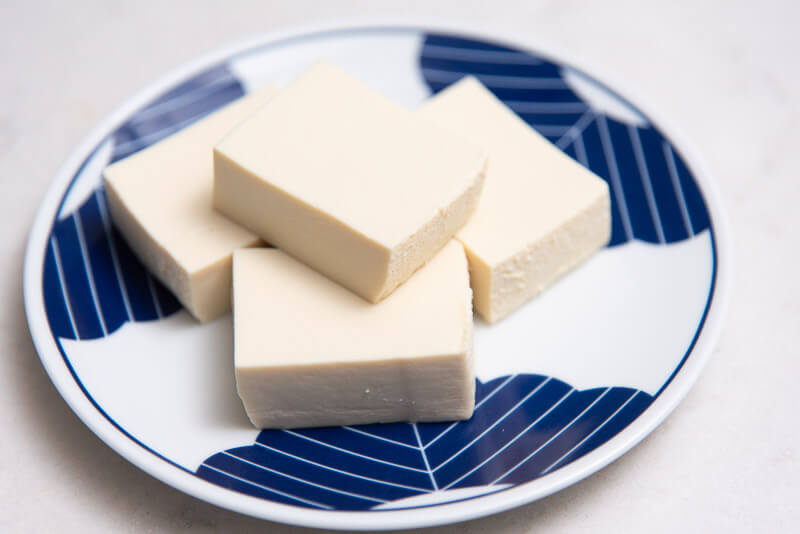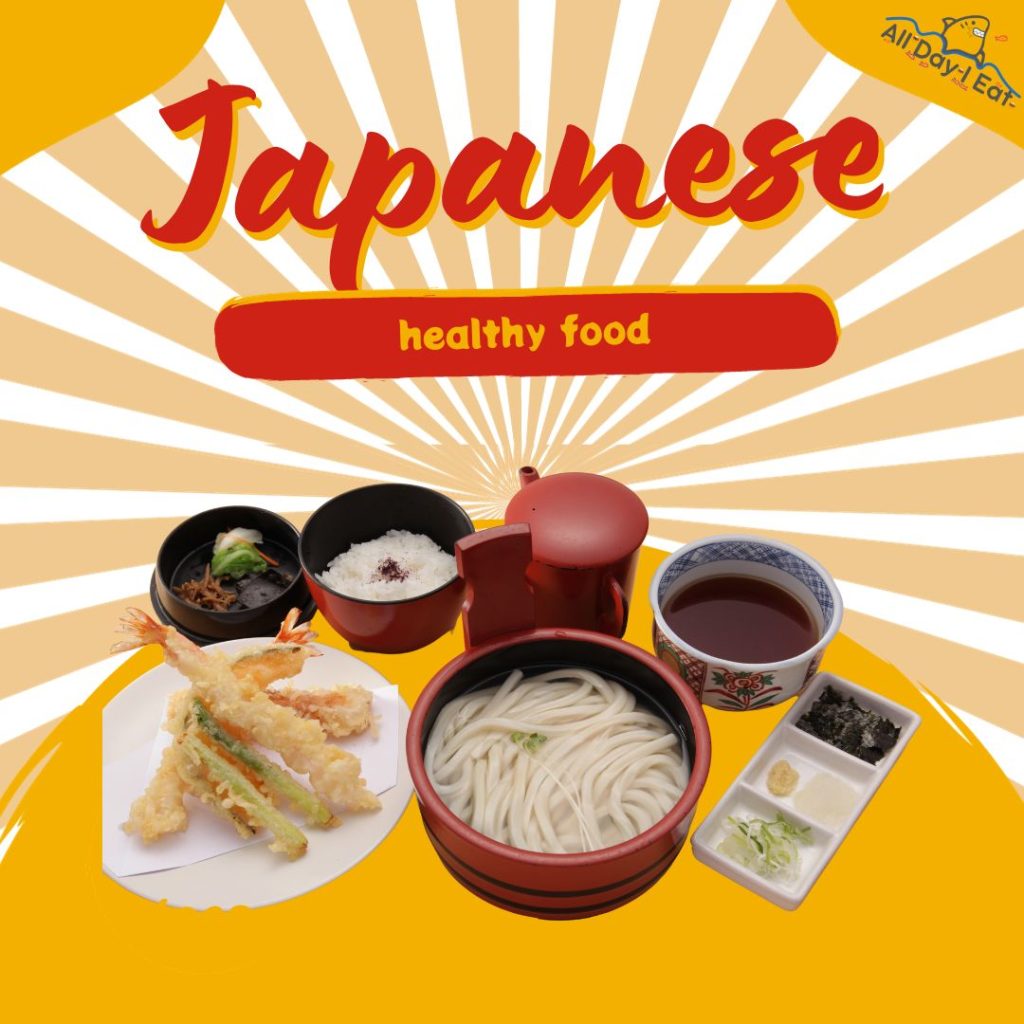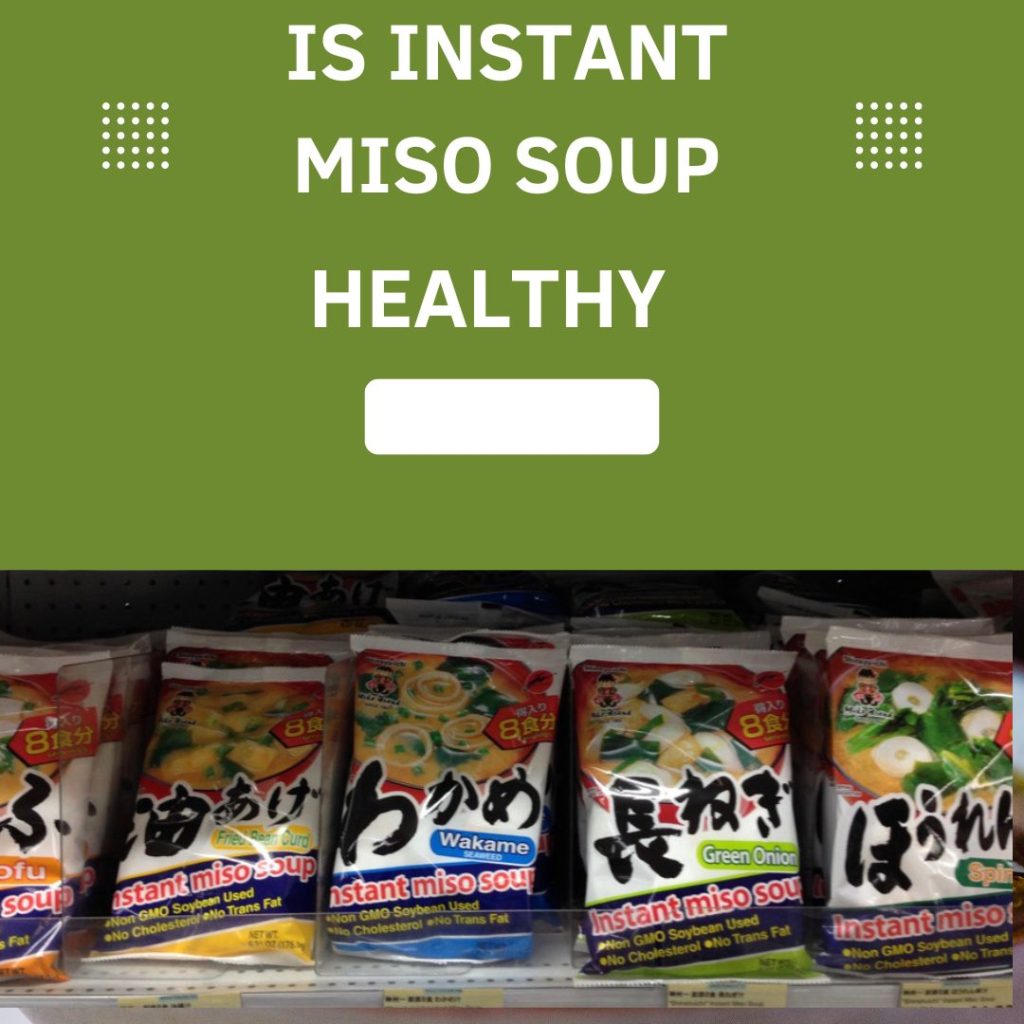Did you know that tofu blocks contain a lot of water?
In fact, tofu is over 80% water.
And you can imagine, that when cooking with something that has a lot of water in it, it may end up diluting the final flavor or seasoning of your dish.
If you don’t believe me, try putting some salt or soy sauce on top of a tofu block.
Wait a few minutes and you’ll see water come out. 😉
One of the key steps I follow when I cook with tofu is…
you guessed it!
removing excess water from tofu!
If you thought you could just drain the water from the tofu package and use it right away
You can, but you might want to keep reading to see why you might not want to keep doing that…
By removing excess water, you also concentrate the tofu flavor, umami, and improve the texture
If you’re frying it, it’ll also reduce any splattering caused by water mixing with oil.
Like with many things in cooking, this isn’t a hard and fast rule you must follow but is something you might want to experiment with. e.g. if you don’t already do it.
And for many of the Japanese tofu dishes I make (including the ones in my cookbook), I always use one of the methods outlined below.
Removing excess water from tofu is referred to in Japanese, as mizuwokiru (水を切る), literally to cut the water.
You might be surprised how much water each block contains.
And even more so, how removing the water from tofu can improve the flavor and texture of your tofu dishes.
This is most evident when making something in a salty sauce, like a tofu scramble or stir fry.
After cooking it, you’ll notice that the sauce quickly gets diluted.
You may not notice hot off the stove, but likely when you reheat your leftovers the next day.
Another thing to consider is that removing excess water from your tofu will also help to prevent you from over seasoning your food. e.g. like adding too much salt or more salt / seasoning than you’d need if the water didn’t leak out from your tofu
The methods below aren’t limited to Japanese tofu dishes and can be applied to any tofu dish.
Regardless of your tofu cooking experience, here are 5 ways you can remove excess water from tofu to improve the taste of your tofu dishes!

Here are five ways to remove excess water from tofu (longest to shortest). With pros and cons for each method!
1. Cutting the tofu into pieces and allowing the water to leak out.
- Pro – no ‘work’ required, can be used for hot or cold tofu dishes, no need to plan ahead
- Con – requires plates/bowls, can make a mess (water), can take up to 60 minutes+
2. Placing a weight on top of the tofu. Try to use at least 5 pounds (2-3kg) and something to balance it. You’ll also need a shallow plate or bowl to catch the water being squeezed out.
- Pro – good for cold dishes, takes less time than the above, need to plan ahead
- Con – requires plates/bowls, can make a mess (water), can take up to 45 minutes+
3. Using a tofu pressing device (like the Raw Rutes Ninja), which presses on the tofu, squeezing out excess water.
- Pro – easy to use, can be done ahead of time, best for firm tofu, the longer you press it the more water will come out
- Con – larger blocks may not fit, takes at least 15-20 minutes+
4. Using the stove with a pot of boiling water. You can boil the tofu for 3-5 minutes and then drain and pat dry. This method is most effective when the tofu is cut into blocks. (increased surface area for water to leave tofu)
- Pro – quick with minimal prep, good for warm tofu dishes, no need to plan
- Con – the tofu will be very hot and you need to not only let it cool, but also drain and pat dry once you can handle it, not good if you need cold tofu
5. Microwaving with a tea towel or paper towel for 2-3 minutes.
- Pro – quick with minimal prep, good for warm tofu dishes, no need to plan
- Con – you have to use a paper towel or
tea towel, which may stick to your soft tofu and cause it to break, not good if you need cold tofu, may get slightly deformed
BONUS: 3 ways you can cook your tofu better (even though it’s already cooked)
Tofu can be cooked in many different ways, make it better than last time with these tips:
- Cut the tofu into even pieces so that they cook evenly. This is especially important if you are frying or grilling the tofu.
- Cook the tofu using high heat: Want crispy tofu? try using high heat, and when you add oil to the surface, it helps to create a crispy, golden crust. That’s why it’s a great food to air fry or bake with convection.
- To grill tofu, heat the grill to medium-high heat and cook the tofu for 2-3 minutes on each side, until it is golden brown.
BONUS: 5 ways you can season your tofu
Tofu is a versatile ingredient that can be flavored in many different ways. Here are some tips for seasoning tofu:
- Use spices and herbs: Tofu can be flavored with a variety of spices and herbs. Some ideas include garlic, ginger, cumin, paprika, turmeric, and cilantro.
- Add flavor with sauces: Tofu can be paired with a variety of sauces to add flavor. Some ideas include peanut sauce, sweet and sour sauce, and stir-fry sauce.
- Coat the tofu in a flavorful coating: Tofu can be coated in breadcrumbs, panko, or a mixture of flour and spices before cooking to add flavor and create a crispy crust.
- Use flavored oils: Tofu can be cooked in flavored oils, such as sesame or chili oil, to add flavor.
- Smoke it: If you enjoy smoky flavors you can do it naturally with a smoker or using liquid smoke.



Konnichiwa! (Hello!) I'm Pat Tokuyama, a Japanese tofu cookbook author, who travels for music, food, and adventure. If you like Japanese tea, checkout some of the newestorganic japanese tea, matcha bowls and noren and more!
** Curious about the Plant Based Japanese Cooking Club? ** Learn more here!
BONUS: 5 tips for storing tofu
Tofu is a perishable food and should be stored properly to extend its shelf life. Here are some tips for storing tofu:
- Keep tofu refrigerated: Tofu should be stored in the refrigerator to keep it fresh. Unopened tofu can be stored in the refrigerator for up to a week.
- Store opened tofu in water: If you have opened a package of tofu, store it in a container of water in the refrigerator. This will help to keep the tofu fresh and prevent it from drying out. Change the water every day to keep the tofu fresh.
- You can freeze tofu, but know that the texture will be spongy after you defrost it.
- If you plan to cook for leftovers and use tofu in your dish, try to keep the tofu out until you serve/eat. Why? Salty or sugary seasonings will cause water to leave the tofu, and dilute your seasoning. Remember chemistry? higher concentrations of solute always attract more water.
- Discard tofu if it has an off smell or taste or different color growing in size: If tofu has an off smell or taste, it is no longer safe to eat and should be discarded. That spot or bunch of little spots that appear pink or yellow are probably bacteria that you dont want to eat. Throw it out.
Have you tried removing excess water from your tofu before?
if so, have you noticed a difference?
if not, which one of these methods do you think you’ll try first?
If you’d like to see a TOFU XPRESS | Tofu Press Review and Experiment, watch below or click this link
let me know in the comments below!






An eye opening post! I’ve cooked with so much tofu yet have never thought to drain it. My biggest motivation to start: spluttering oil when frying it!
thank you! let me know how that works for you! how do you usually season your tofu?
Thank you for the suggestions. I enjoy adding tofu to soups so the water is not an issue. Another one of my favourite tofu dishes is mapo tofu. The water becomes part of the ‘sauce’/
youre welcome! your mapo tofu sauce might become a little more potent without the extra water 😉 do you have a go to recipe?
I’ve made variations using different meats (chicken or pork or lamb) and veggies (leeks, peas or broccoli) but the basic recipe is here.
https://a-boleyn.livejournal.com/134274.html
In this one, I coated the tofu cubes in cornstarch and deep fried them before adding them to the pot of sauce.
https://a-boleyn.livejournal.com/156049.html
Chicken and leek over rice
https://aboleyn01.wordpress.com/2016/06/14/basic-walnut-brownies-and-may-goodies/
The basic recipe I use is here … though I’ve made it with chicken or pork. And used peas, broccoli or leeks as the vegetable.
https://a-boleyn.livejournal.com/134274.html
looks delicious! have you changed any of your technique or ingredients over the years?
Other than experimenting with the cornstarch coated tofu cubes I don’t think so. I switch up the veggies but I like the results if I stick with the basic recipe. 🙂